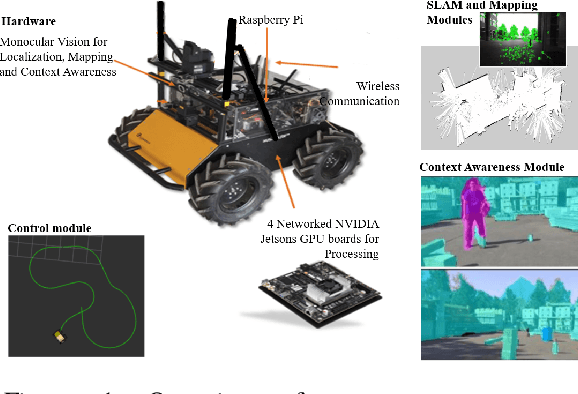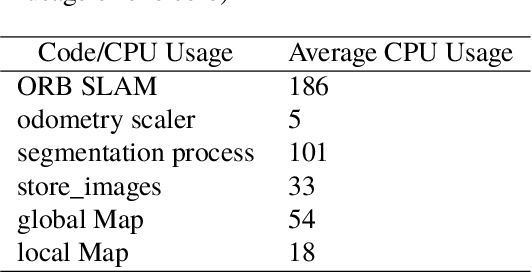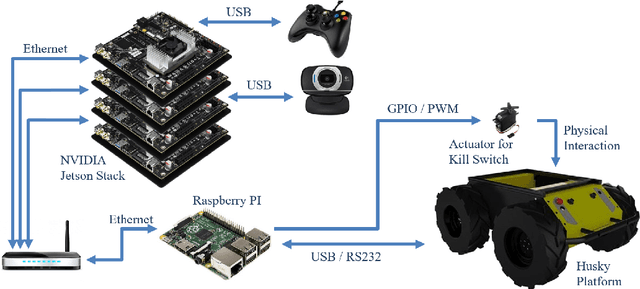Aishwarya Bhandare
Efficient 8-Bit Quantization of Transformer Neural Machine Language Translation Model
Jun 07, 2019



Abstract:In this work, we quantize a trained Transformer machine language translation model leveraging INT8/VNNI instructions in the latest Intel$^\circledR$ Xeon$^\circledR$ Cascade Lake processors to improve inference performance while maintaining less than 0.5$\%$ drop in accuracy. To the best of our knowledge, this is the first attempt in the industry to quantize the Transformer model. This has high impact as it clearly demonstrates the various complexities of quantizing the language translation model. We present novel quantization techniques directly in TensorFlow to opportunistically replace 32-bit floating point (FP32) computations with 8-bit integers (INT8) and transform the FP32 computational graph. We also present a bin-packing parallel batching technique to maximize CPU utilization. Overall, our optimizations with INT8/VNNI deliver 1.5X improvement over the best FP32 performance. Furthermore, it reveals the opportunities and challenges to boost performance of quantized deep learning inference and establishes best practices to run inference with high efficiency on Intel CPUs.
Building an Integrated Mobile Robotic System for Real-Time Applications in Construction
Apr 18, 2018



Abstract:One of the major challenges of a real-time autonomous robotic system for construction monitoring is to simultaneously localize, map, and navigate over the lifetime of the robot, with little or no human intervention. Past research on Simultaneous Localization and Mapping (SLAM) and context-awareness are two active research areas in the computer vision and robotics communities. The studies that integrate both in real-time into a single modular framework for construction monitoring still need further investigation. A monocular vision system and real-time scene understanding are computationally heavy and the major state-of-the-art algorithms are tested on high-end desktops and/or servers with a high CPU- and/or GPU- computing capabilities, which affect their mobility and deployment for real-world applications. To address these challenges and achieve automation, this paper proposes an integrated robotic computer vision system, which generates a real-world spatial map of the obstacles and traversable space present in the environment in near real-time. This is done by integrating contextual Awareness and visual SLAM into a ground robotics agent. This paper presents the hardware utilization and performance of the aforementioned system for three different outdoor environments, which represent the applicability of this pipeline to diverse outdoor scenes in near real-time. The entire system is also self-contained and does not require user input, which demonstrates the potential of this computer vision system for autonomous navigation.
 Add to Chrome
Add to Chrome Add to Firefox
Add to Firefox Add to Edge
Add to Edge